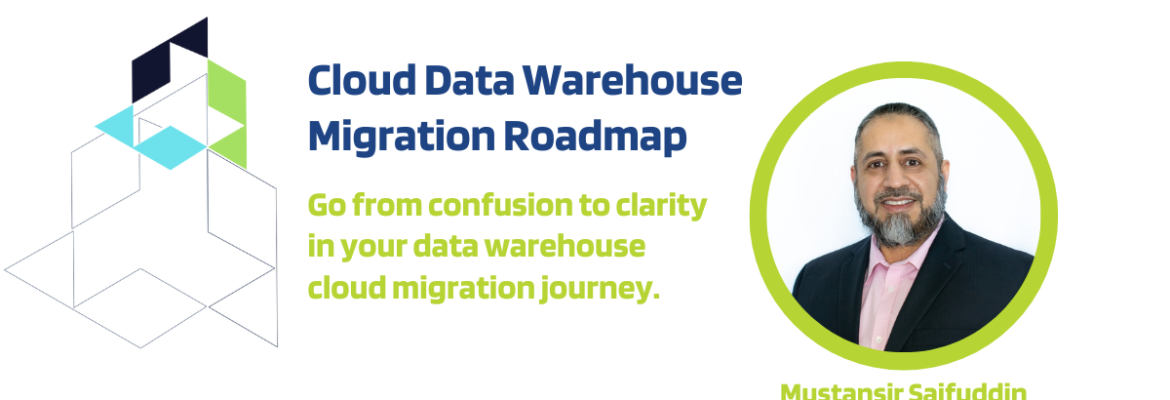By Mariyah Saifuddin

Our latest series of podcasts with Matt Florian of Comerit focuses on cloud-based data warehouses. In our previous two blog posts we talked about the the urgency of moving to cloud-based data warehouses and the value of hybrid cloud data warehouses.
Approaching cloud-based data warehouses requires planning and effort across the enterprise. However, one of the biggest pieces that is undervalued is organizational change in cloud analytics. This latest blog is the final in a series about our podcast episodes with Matt Florian.
The role of organizational change in cloud analytics
According to Florian, whose insights are driven by his 25+ years of experience, failure in analytic projects comes down to the failure to incorporate the change in the organization.
Organizational change is very difficult in and of itself. Lack of engagement and bringing in IT experts to do the work and convey the value of the work comes at a big cost. Enterprises must have their own staff involved in organizational change, and institutionalizing that change is vital to having a cloud solution solve the organization’s problems.
According to Florian, enterprises need to have the following 4 components in place to be successful:
- Awareness: Both business and IT come to an agreement in recognizing there is a problem. For instance, we are not achieving growth metrics or we are not able to be proactive to the market but are rather reacting to the market. It could also be that we keep investing in technology and now have so many tools that there is no common platform for the enterprise.
- Decision to do something: Once business and IT recognize a problem, they must decide to act. The decision needs to be a collaboration between business and IT on what the vision is for the solution. This includes setting a vision that includes technology architecture for the solution, a budget, and the outcomes for the business as a result of the solution. Having a shared vision allows for the organization to make changes and adjustments during implementation.
- Implementing the change: As a solution is developed and implemented, the vision must continue to be shared within the enterprise. This ensures that when development is complete all levels of the enterprise, from end-users to management have their expectations met and they are willing to be a part of this initiative.
- Institutionalizing the change: This is often the most important piece. After the consultants leave, and the solution is in place, how can you ensure that users don’t go back to their old ways of operation? Enterprises who develop champions across the business will help users understand how to use the solution and the value it brings.
For a real-life case study, listen in to the podcast, in which Florian shares how he helped a client from awareness to institutionalizing the change.
Lessons learned
- Although technology solutions are managed by your IT department, the business side of the operations really owns the data. As such, business and IT must work together to be successful. IT is just the conduit for business users to get the information they need.
- Determine why the enterprise is embarking on this analytics journey. Determine who is on the journey. Business and IT must be on the journey together.
- Without addressing organizational change, you run the risk of not achieving your project objectives and cost runovers because rework was required due to lack of alignment on the vision of the project.
Interested in more Tech-Driven Business podcasts? You can listen here

Matt Florian, partner and cloud analytics practice director at Comerit has more than 25 years of leadership in data and enterprise architecture in numerous industries. He has successfully delivered enterprise data transformation projects for government, telecommunication, retail, manufacturing, and financial services sectors.
Matt began consulting with a focus on data warehousing in telecommunication for national providers. Over the course of his career he has consulted for Oracle, IBM, and Unisys across many industries.
Additional resources
SAP Data Warehouse Cloud: A multi-cloud solution that unifies data and analytics
Snowflake Data Cloud: A global platform that powers the data cloud
Migration strategies: SAP S/4HANA migration strategies (Greenfield/Brownfield/Hybrid) and a comparison between 0n-premise & on-cloud option

